Television commercials didn't always dominate the airwaves.
For the first years of the medium's existence,Engsub Archives TV advertising was actually banned by the federal government (not that it stopped a few bold broadcasters from experimenting illegally).
SEE ALSO: The ad man behind the world's most famous commercial diesThe American public wasn't introduced to the first legal TV ad until June 1, 1941 -- exactly 75 years ago -- when the Bulova Watch Co. interrupted a game between the Brooklyn Dodgers and the Philadelphia Phillies. The commercial was a simple video of a ticking watch backed by a voiceover telling the few thousand local viewers watching what time it was.
Here's a later ad from that same campaign:
The spot was made possible by a Federal Communications Commission ruling earlier that year that gave 10 local stations the right to show ads for the first time. New York's WNBT was the first to put the permission to use.
It cost Bulova a mere $9 to air the commercial, according to AdAge -- which would be about $150 today if you adjust for inflation. By comparison, 30-second national ad slots now cost an average of nearly $350,000 and go for as high as $5 million during the Super Bowl broadcast.
"[The commercial] wasn't filmed at all, as far as I know," a Bulova spokesperson told Mashablein an interview a few years ago. "It was just the graphic and the live voice-over."
"As to why we did it, I suppose that's because we took pride in being a pioneer in marketing," the spokesperson added.
That wasn't an empty boast -- the watch company also made history years earlier by running the first-ever national radio ad in 1926. "At the tone, it's eight o'clock, B‑U‑L‑O‑V‑A Watch Time," the audio ad chirped.
Bulova's primitive spot of course paved the way for the multibillion-dollar industry that television advertising has become today.
The explosion of spending that eventually followed resulted in advertising's creative revolution of the 1960s -- famously documented semi-fictitiously in AMC's Mad Men-- in which the industry began thinking of advertising as something akin to an art form for the first time.
Thus, as a few thousand baseball fans watched a 10-second video of a clock face, television history was made.
Have something to add to this story? Share it in the comments.
(Editor: {typename type="name"/})
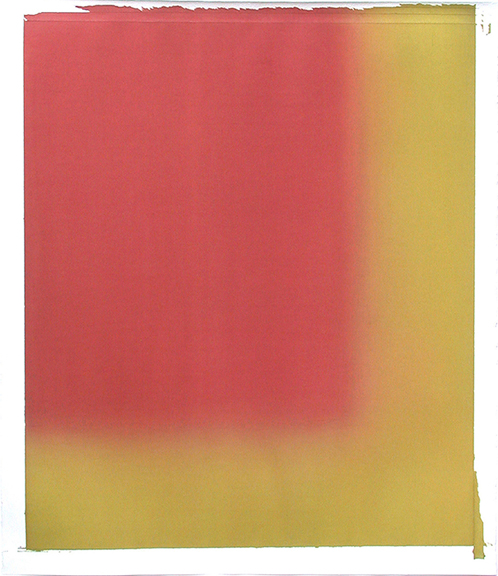 Painting a Poem—Diane Szczepaniak’s Watercolors & Wallace Stevens
Painting a Poem—Diane Szczepaniak’s Watercolors & Wallace Stevens
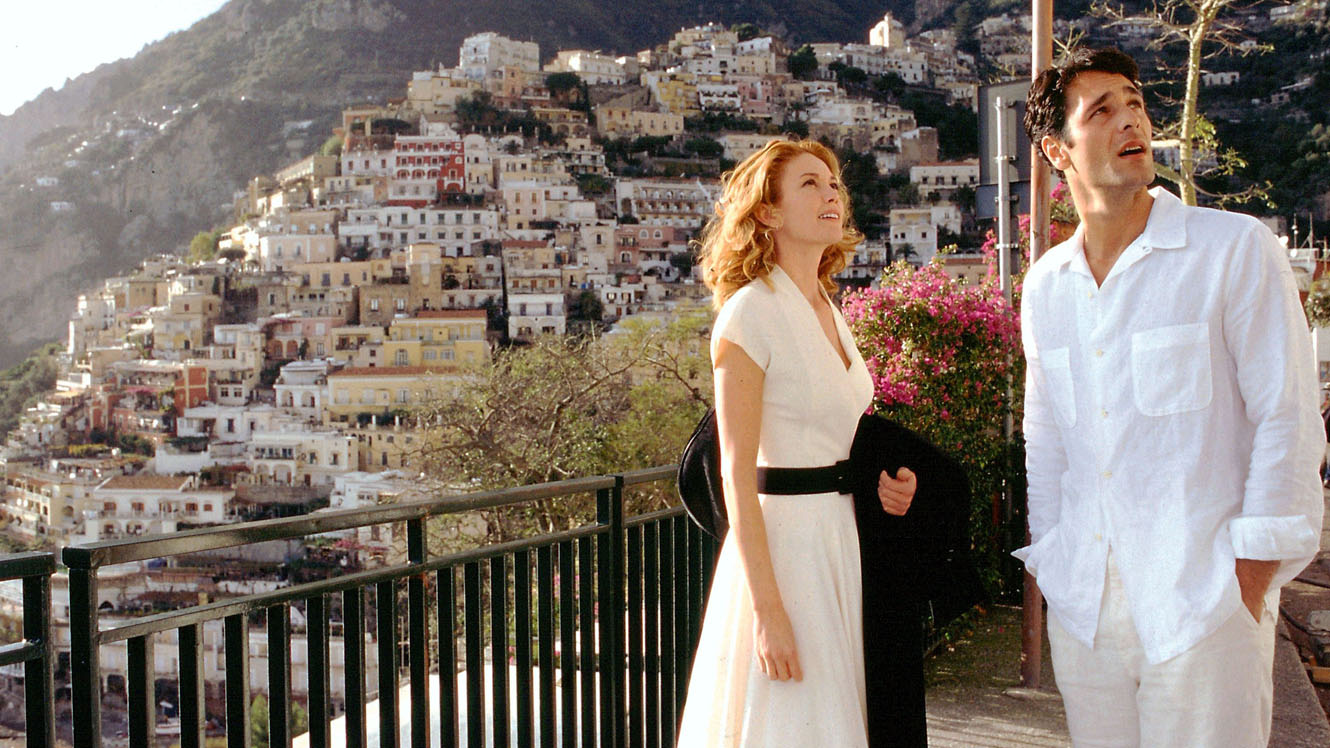 What Havoc Did “Under the Tuscan Sun” Wreak on the Culture?
What Havoc Did “Under the Tuscan Sun” Wreak on the Culture?
 Got Writer’s Block? This App Invokes the Nuclear Option
Got Writer’s Block? This App Invokes the Nuclear Option
 Lost in Boston
Lost in Boston
 Yasmin Nair ,May 18, 2017 Complicity, Not
...[Details]
Yasmin Nair ,May 18, 2017 Complicity, Not
...[Details]
Alert: Mr. Darcy’s Dripping Wet Shirt Is Coming to the USA
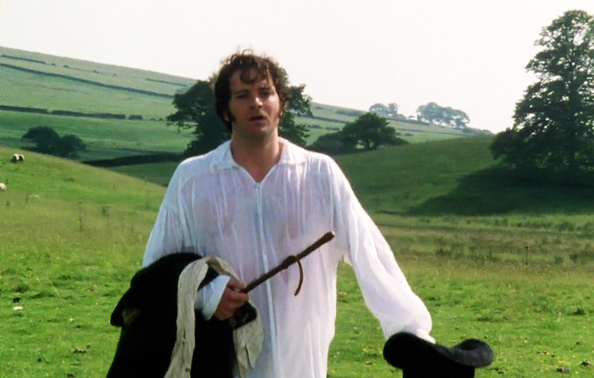 Give a Warm Welcome to Mr. Darcy’s Shirt, and Other NewsBy Dan PiepenbringMarch 8, 2016On the ShelfH
...[Details]
Give a Warm Welcome to Mr. Darcy’s Shirt, and Other NewsBy Dan PiepenbringMarch 8, 2016On the ShelfH
...[Details]
William Horton, the Forgotten Artist Championed by Yeats
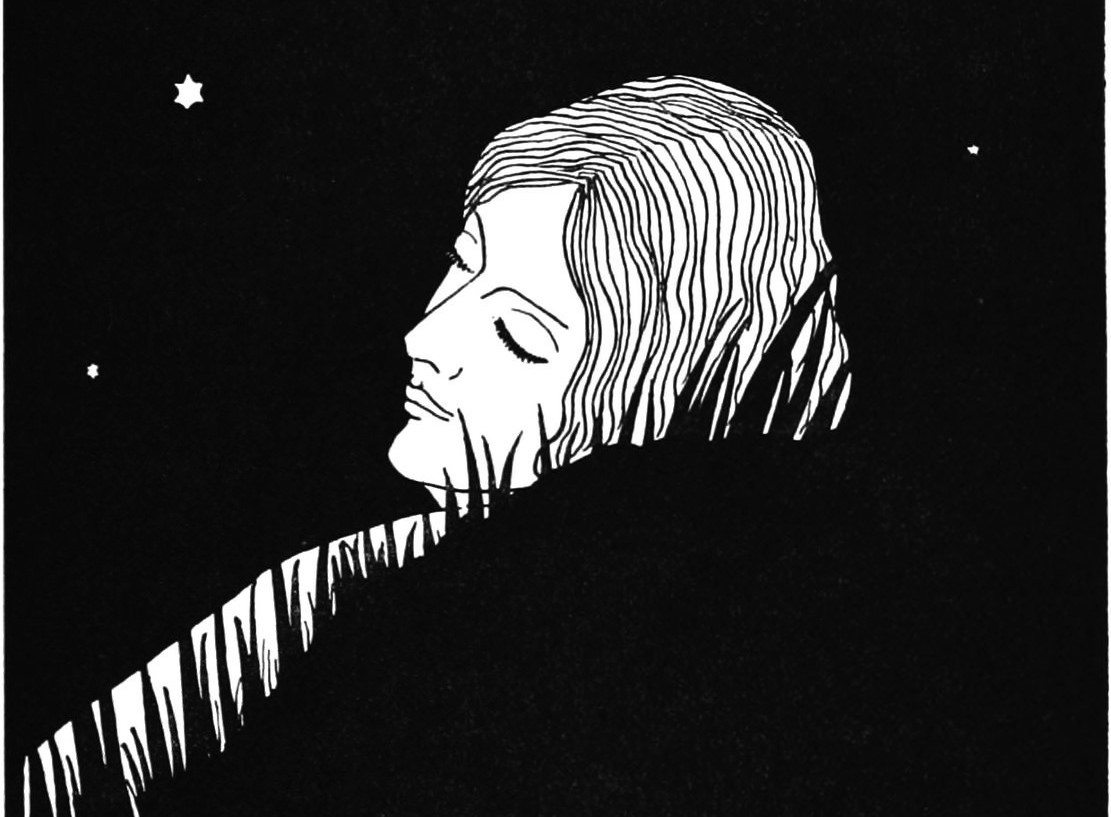 Some Unearthly Master, and Other NewsBy Dan PiepenbringMarch 10, 2016On the ShelfWilliam Horton’s il
...[Details]
Some Unearthly Master, and Other NewsBy Dan PiepenbringMarch 10, 2016On the ShelfWilliam Horton’s il
...[Details]
Memento Mori: How Salesmen Sold Tombstones in the 1920s
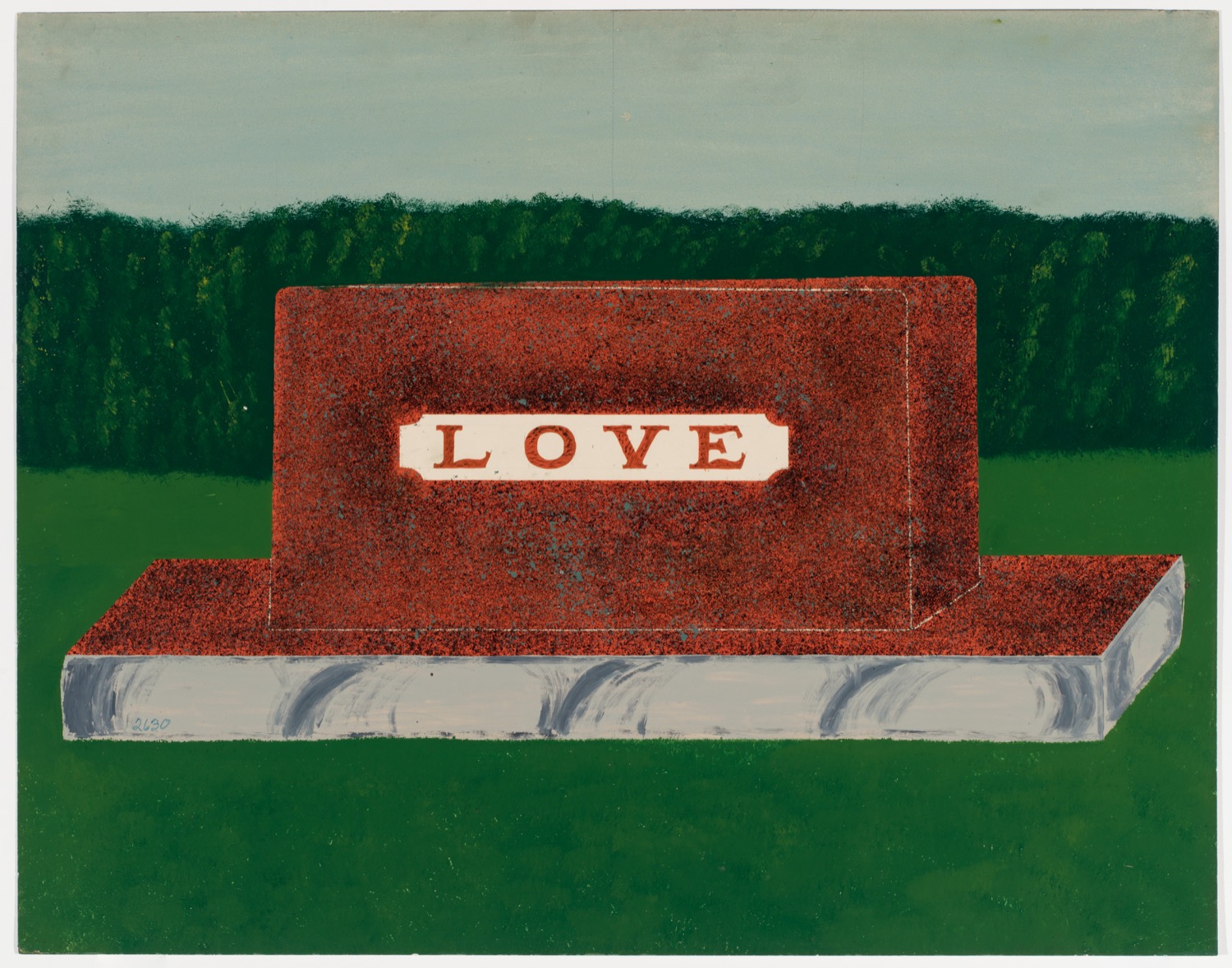 Memento MoriBy Dan PiepenbringMarch 10, 2016LookThis painting and below: E. B. Roberts, Series of Sa
...[Details]
Memento MoriBy Dan PiepenbringMarch 10, 2016LookThis painting and below: E. B. Roberts, Series of Sa
...[Details]
 Musa al-Gharbi ,May 10, 2018 DealbreakerMa
...[Details]
Musa al-Gharbi ,May 10, 2018 DealbreakerMa
...[Details]
Hoops and the Abstract Truth: On Steph Curry’s Three
 Hoops and the Abstract TruthBy Rowan Ricardo PhillipsMarch 1, 2016BasketballCurry after his game-win
...[Details]
Hoops and the Abstract TruthBy Rowan Ricardo PhillipsMarch 1, 2016BasketballCurry after his game-win
...[Details]
Road Trip, 12 Cadillacs: A Letter from Patrick Leigh Fermor
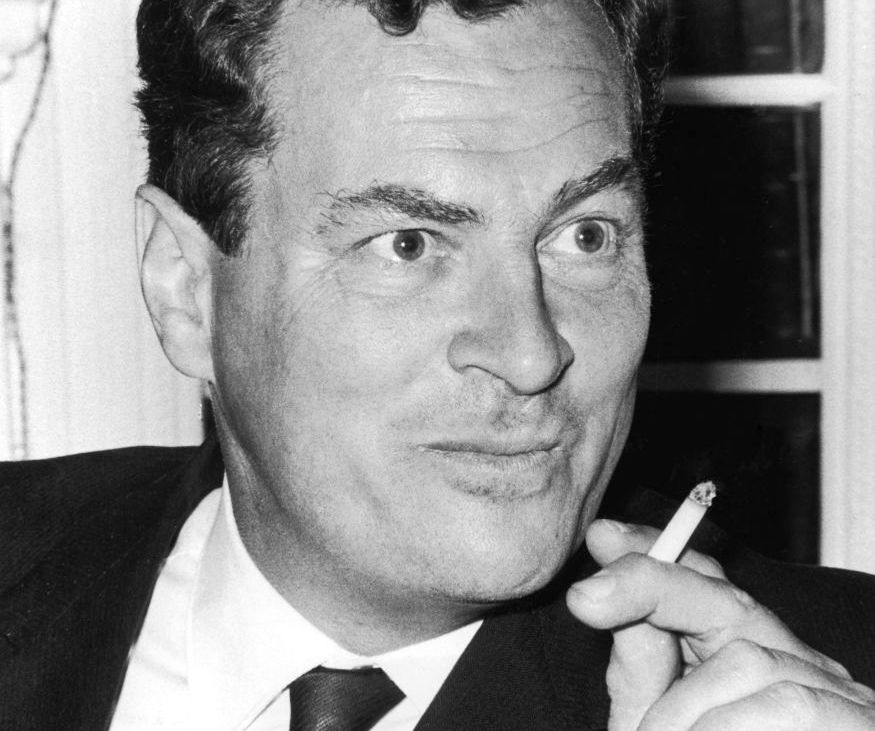 Euro Road Trip, Twelve CadillacsBy Patrick Leigh FermorFebruary 11, 2016CorrespondencePatrick Leigh
...[Details]
Euro Road Trip, Twelve CadillacsBy Patrick Leigh FermorFebruary 11, 2016CorrespondencePatrick Leigh
...[Details]
Alert: Mr. Darcy’s Dripping Wet Shirt Is Coming to the USA
 Give a Warm Welcome to Mr. Darcy’s Shirt, and Other NewsBy Dan PiepenbringMarch 8, 2016On the ShelfH
...[Details]
Give a Warm Welcome to Mr. Darcy’s Shirt, and Other NewsBy Dan PiepenbringMarch 8, 2016On the ShelfH
...[Details]
 The Blessed and the Brightest
...[Details]
The Blessed and the Brightest
...[Details]
“The Unnecessary,” A Poem by Karen Murai (1990)
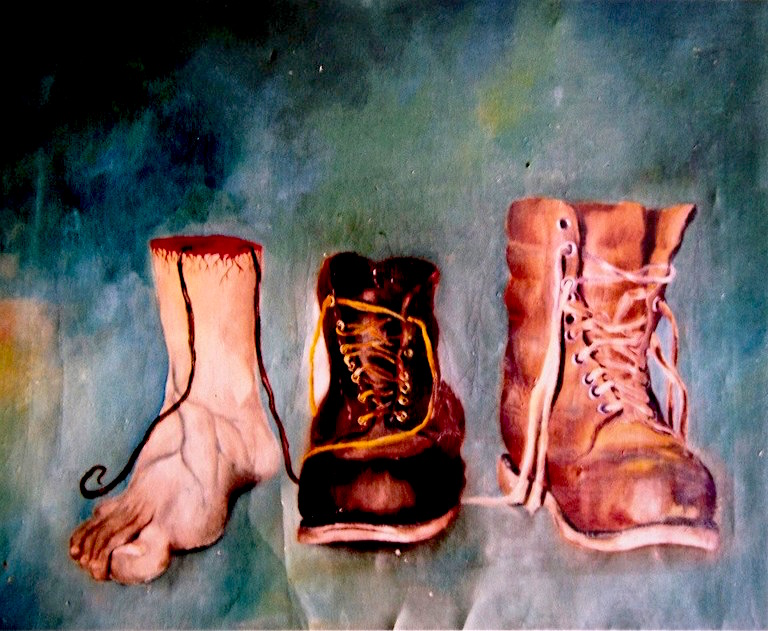 The UnnecessaryBy Karen MuraiMarch 16, 2016From the ArchiveAdam Marian Pete, On the Way, 1994.Karen
...[Details]
The UnnecessaryBy Karen MuraiMarch 16, 2016From the ArchiveAdam Marian Pete, On the Way, 1994.Karen
...[Details]
接受PR>=1、BR>=1,流量相当,内容相关类链接。